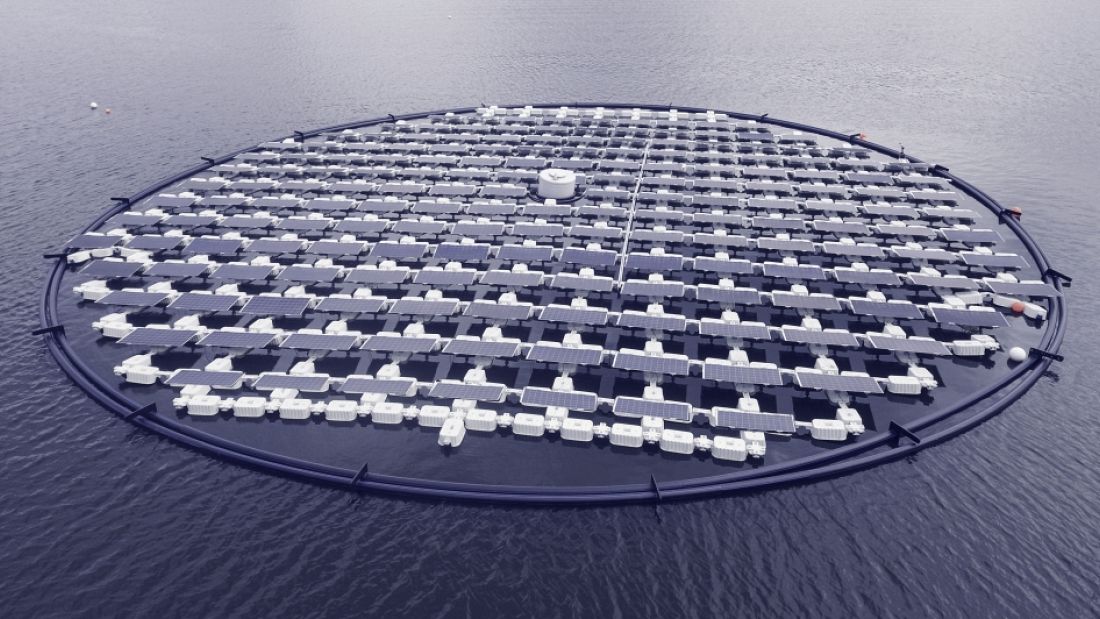
☀️ Floating solar farm track sun's rays to absorb more energy
A new floating solar farm developed by a Portuguese company tracks the sun’s rays in order to absorb more energy.
Share this story!
An innovative, floating solar farm called Proteus tracks the sun’s rays to absorb more energy. The circular island was created by the Portuguese company Solaris Float. This prototype can be installed on reservoirs, lakes and in coastal areas.
Unlike other floating solar farm-prototypes, this one can very accurately track the sun as it passes on the sky. This is a quality which helps the system to maximize the energy yield. Proteus is a 38 meters wide circular solar farm with 180 double-sided panels and sits on the Oostvoornse Meer, a lake in the southwest Netherlands.
The island can produce around 73 kilowatts of power on sunny days. According to Euronews.green, thanks to its two-axis solar panels and unique sun-chasing technology, it can generate 40 per cent more energy than non-moving panels on land. When placed in a good location and under normal conditions, seven Proteus islands covering an area of 15,000 m2 could generate up to 2GW a year which is enough to power 1.5 million homes.
Also, another benefit of this design is that the cooling effect of the water improves power generation. Not only that, it also avoids taking up land which makes it ideal for small and densely populated places like Japan and the Netherlands. Placing solar panels on water can help concerns from conservationists worried about habitats being affected by the energy farms. Proteus’ developers created thermoplastic materials which prevent early aging as well as keeping the impact of weather at bay.
However, there are a few challenges with floating solar farms. The environment which they are placed in is crucial and especially if they are installed in corrosive salt water meaning they have to be more durable compared to the units on land. As a consequence of this, production and installation costs can increase together with the needed maintenance. These kinds of solar farms need to be installed in areas where the tides are weaker and the weather is better which restricts the areas where they can be used.
Researchers are still working on developing this technology and improving its resilience and efficiency.
Picture: Solaris Float via Euronews.green
By becoming a premium supporter, you help in the creation and sharing of fact-based optimistic news all over the world.


